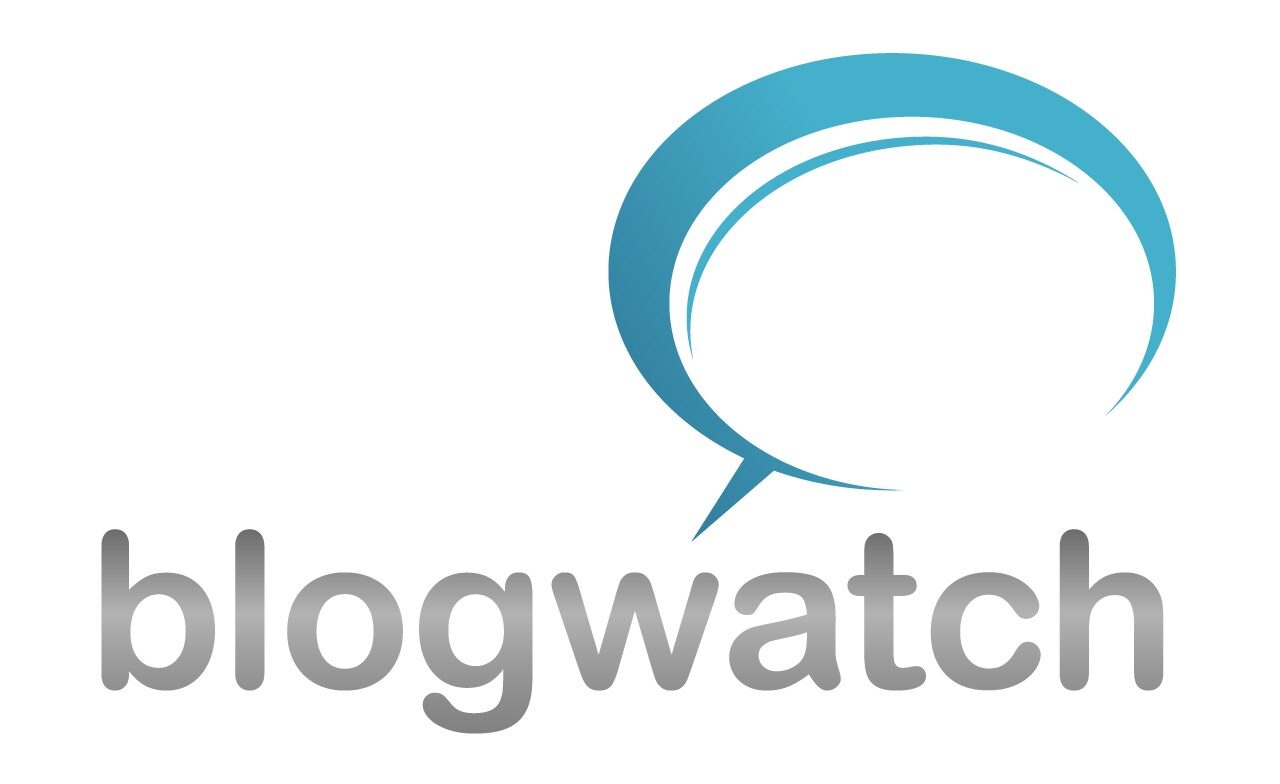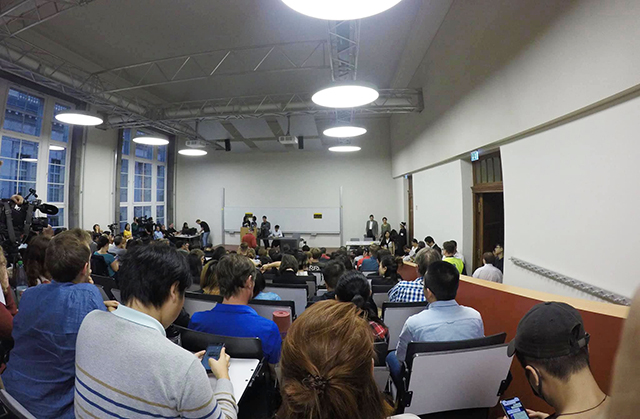How protest technology is being used by the leaderless movement in Hong Kong
Originally published at Manila Times, Sunday Business and IT, September 15, 2019
After the failure of the Umbrella Revolution in 2014, Hong Kong (HK) is going through another notable movement, the “Summer of Discontent.” The HK People arrived at a consensus not to have a leader but solidarity with all groups with diverse points of view. Joshua Wong is still regarded as a significant leader by pro-Beijing camp and even prosecuted for inciting people to take part in the protests.
Wong is only 22 years old and is one of the most known young activists in Hong Kong. Wong started his public interest career by founding Hong Kong student activist group Scholarism in 2011, which organized a political rally attended by over 100,000 people and pressured the government to withdraw the moral and national education proposal. In 2014, Wong took his influence into the Umbrella Movement and was one of the main student leaders, which resulted in his inclusion in TIME magazine’s Most Influential Teens of 2014 and nomination for its 2014 Person of the Year.
The opportunity to meet Hong Kong’s pro-democracy activist at Berlin’s Humboldt University on September 11 was just too good to pass up. The “Germany Stand with Hong Kong” organized “Salon in Berlin: Paradox of the Leaderless Movement in HK” as an opportunity for Joshua to answer the questions on the struggles he has been facing in this leaderless movement. Some figures emerge from social movements as leaders of the people, whether they choose or accept these labels. While having leaders might suggest more efficient strategies in organizing protests, this approach is often being criticized dysfunctional as it fails in representing all the voices of the crowds. A belief in traditional leadership contradicts the pursuit of an ideal democracy of civil disobedience, in which everyone receives the same importance in the decision-making process.
“I want to tell you how the people of Hong Kong took to the streets in the millions and won’t be frightened by Emperor Xi,” Wong told the audience. “The air of freedom I breathe here, instead of irritative smell of teargas, reminds me of how important it is for me to share the thoughts of people attending the ongoing Hong Kong protests.”
While the protest movement is leaderless, five main demands have emerged:1) complete withdrawal of the extradition bill; 2) dropping of charges against arrested protestors; 3) retraction of the proclamation that protests were riot; 4) independent investigation on police brutality; and 5) universal suffrage for the elections of the chief executive and Legislative Council, Hong Kong’s parliament. They shout “five demands, not one less,” or “stand with HK, fight for freedom”. I have to hand it to these protestors because the movement has been sustained far longer than the 79-day Occupy movement.
What is this leaderless movement? The leaderless structure is like the flat organization of the movements I take part in with my fellow advocates. Wong said it is about technology, human-chain, trust and spontaneity. Instead of a central leadership, there are facilitators who help organize demonstrations, especially with new protestors.
Strategy and logistics are anonymously planned on the Reddit-like forum LIHKG. Around 100 social or organization groups and private groups are on Telegram. Reports cite how the groups “post everything from news on upcoming protests to tips on dousing tear gas canisters fired by the police to the identities of suspected undercover police and the access codes to buildings in Hong Kong where protesters could hide.” The preference for secure encrypted messenger differs from the Occupy Central protests in 2014 when social media platforms such as Facebook and Twitter were used. Although Facebook and Twitter are used to share news about the current protests against the extradition bill, much of the sensitive information sharing and coordination moved to Telegram and Signal.
Telegram played a central role, with protesters forming a human chain across the city on the 30th anniversary of the Baltic Chain demonstration from 1989. The app allows users to register an account using their phone number. To keep their anonymity, they use a nickname to conceal their identity, and that could also hide their phone number from others by selecting “Privacy and Security > Phone Number > Nobody” in the app’s privacy section.
I asked Wong about a bug in the Telegram app that could allow anyone to unmask their phone number, even when this setting is on “Nobody.” Wong replied by saying their data protection experts talked to Telegram who then changed its system. According to securitynewspaper.com, the messaging platform in its net update would allow users to hide their phone numbers, giving Hong Kong protesters full protection against these monitoring activities.
“If the internet is down, do you have alternative ways of communication?” I asked. Wong replied that the government can’t shut down the Bluetooth mechanism and they could use other apps for offline messaging. He knows that they need to prepare for the worst-case scenarios. In 2014, the Umbrella movement used Firechat, a peer- to-peer communication app that uses Bluetooth and peer-to-peer Wi-Fi to establish a mesh network to transmit data. Other offline messaging apps are available such as Bridgefy, Air Chat, ZombieChat and more.
The pro-democracy activist compares the Umbrella Movement to a traditional encyclopedia. This year’s “Summer of Discontent,” is more like Wikipedia, meaning he’s no longer the editor. Anyone can engage in this movement spontaneously. The courage of the Hong Kong protestors is inspiring. China would never understand Hong Kong’s leaderless movement. The arrest of Joshua Wong and others would not stop the HK protests unless they meet all the five demands.


